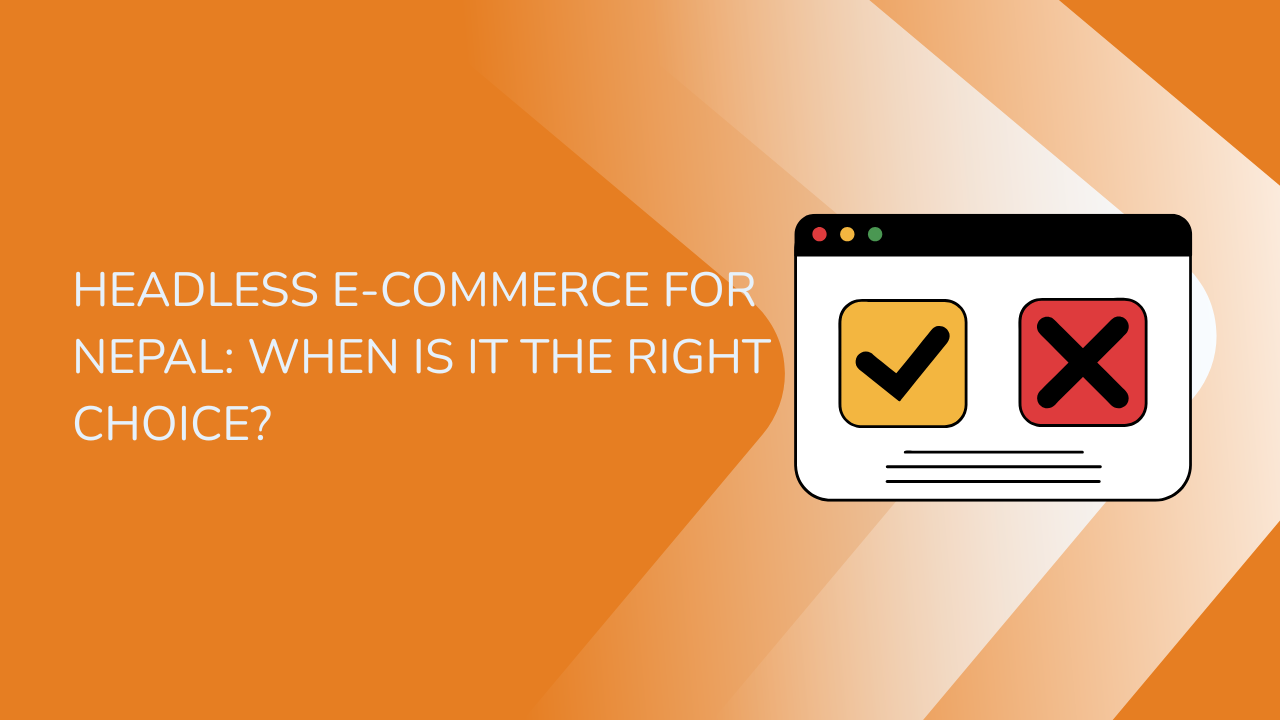Share this Article
The Value Added Tax (VAT) system in Nepal plays an essential role in the country’s tax structure. Introduced in 1997, VAT was designed to modernize Nepal’s outdated sales tax system, ensure smoother revenue generation for the government, and foster economic transparency. As one of the major forms of indirect taxation, VAT applies to most goods and services in the economy, affecting both consumers and businesses alike. This article aims to simplify the operation of VAT in Nepal, providing a comprehensive guide that explores how it functions, its importance, and the processes involved.
What Exactly is VAT?
Value Added Tax (VAT) is a type of consumption tax levied on the value added at each stage of production or distribution of goods and services. Essentially, VAT is charged at every point where value is added, such as during manufacturing, retail, and distribution. The final consumer bears the actual tax burden, but VAT is collected incrementally from businesses at each stage of the production process.
For instance, when a manufacturer purchases raw materials, VAT is paid on those materials. Later, when the product is sold to a wholesaler, VAT is added again, but the manufacturer can claim back the VAT paid on raw materials as an input tax. When the wholesaler sells the product to the retailer, VAT is again added. The retailer in turn can reclaim the VAT paid to the wholesaler. Ultimately, the consumer will pay VAT on the final sale, which is the total amount of VAT collected at each stage.
In Nepal, VAT was introduced to improve the efficiency and transparency of tax collection and replace the old sales tax system. As a consumption tax, VAT provides a reliable and consistent source of revenue for the government.
Key Characteristics of VAT in Nepal
- Scope of VAT: VAT is applied to most goods and services in Nepal. However, there are a few exceptions and exemptions. For instance, some essential goods like food and medicines are either exempt or taxed at a reduced rate. Similarly, exports from Nepal are typically zero-rated, meaning they are subject to a VAT rate of 0%.
- Standard VAT Rate: The standard VAT rate in Nepal is set at 13%. This means that most goods and services will attract a VAT charge of 13%. There are exceptions for specific goods, and some items may be taxed at a reduced rate, but for the majority of items, the rate stands at 13%.
- Exemptions and Special Cases:
- Exports: Goods that are exported from Nepal are generally subject to zero-rate VAT. This means no VAT is charged on exported goods, but businesses can still claim back the input VAT they paid on raw materials and production costs associated with the exported goods.
- Essential Services: Basic services like education, healthcare, and certain government functions may be exempt from VAT.
- Government Services: Services provided by the government, such as public administration or defense, are typically excluded from VAT.
- Exports: Goods that are exported from Nepal are generally subject to zero-rate VAT. This means no VAT is charged on exported goods, but businesses can still claim back the input VAT they paid on raw materials and production costs associated with the exported goods.
VAT Registration Process in Nepal
In Nepal, businesses are required to register for VAT if their annual turnover exceeds a certain threshold, which is set at Rs. 5 million. Even businesses that fall below this threshold can voluntarily register for VAT if they wish. VAT registration is an essential step for businesses to comply with the taxation system, and failure to do so can result in penalties.
How to Register for VAT:
- Initial Application: The process begins with the business submitting an application for VAT registration through the Inland Revenue Department (IRD). This process is largely conducted online, making it more convenient for businesses.
- Required Documents: When applying for VAT registration, businesses need to submit several documents, including:
- A business registration certificate, which shows that the business is officially recognized by the government.
- Proof of the business address.
- The national identity card or citizenship certificate of the business owner.
- A description of the business activity, which could include the types of goods sold or services offered.
- A business registration certificate, which shows that the business is officially recognized by the government.
- Obtain VAT Registration Certificate: After the application is reviewed and approved, the business will receive a VAT registration certificate along with a Taxpayer Identification Number (TIN). This number is necessary for issuing VAT invoices and reporting tax liabilities.
Once VAT registration is obtained, businesses are required to keep track of the VAT they charge on sales (output VAT) and the VAT they pay on purchases (input VAT).
VAT Filing and Returns in Nepal
VAT-registered businesses must file quarterly VAT returns to report the VAT they have collected from sales (output VAT) and the VAT they have paid on purchases (input VAT). Filing VAT returns ensures that the business complies with tax regulations and pays the correct amount of tax to the government.
Filing VAT Returns:
- Output VAT Calculation: Output VAT is the tax that businesses collect from customers on the sale of taxable goods and services. This is calculated by multiplying the selling price of goods or services by the VAT rate (currently 13%).
- Input VAT Calculation: Input VAT is the VAT businesses pay when purchasing goods and services for their business operations. This includes VAT paid on raw materials, goods for resale, or any services used in running the business.
- Offsetting Input and Output VAT: Businesses are allowed to offset their input VAT against their output VAT. This means that if the VAT collected on sales exceeds the VAT paid on purchases, the business must pay the difference to the government. Conversely, if the VAT paid on purchases exceeds the VAT collected on sales, the business may either claim a refund or carry the excess VAT forward to offset future tax liabilities.
- Submitting VAT Returns: VAT returns must be submitted online via the Taxpayer Portal provided by the IRD. The returns must be filed quarterly, with the filing deadline typically set to Shrawan 15 (mid-July) for the first quarter, Ashwin 15 (mid-October) for the second quarter, Poush 15 (mid-January) for the third quarter, and Chaitra 15 (mid-April) for the final quarter.
- Payment of VAT: After submitting the return, businesses must make the payment of the VAT liability (if any). Payment can be made online through the IRD’s payment system or at designated bank branches. It is important to keep proof of payment for future reference.
VAT Refunds
In certain situations, businesses may be eligible for VAT refunds. This typically occurs when a business’s input VAT (the VAT paid on purchases) exceeds its output VAT (the VAT collected from sales). In cases like these, businesses can request a refund from the government.
VAT refunds are often applicable to businesses that export goods or services, as exports are generally zero-rated under Nepal’s VAT system. The business would pay VAT on the inputs (such as raw materials), but since the goods are exported at a zero rate, the business will have no output VAT. This can result in a VAT refund.
To claim a refund, businesses must submit a refund claim along with supporting documents, including evidence of export sales and input VAT payments. The IRD will review the application and process the refund if all criteria are met.
Exemptions and Special Provisions in VAT
Not all goods and services are subject to VAT in Nepal. There are exemptions and special provisions that apply to certain sectors or categories.
- Exports: As mentioned earlier, exports are typically zero-rated under Nepal’s VAT system. This means that no VAT is charged on exported goods, but businesses can still claim back VAT paid on inputs used to produce those goods.
- Essential Goods and Services: Certain essential goods, such as medicines, public health services, and educational materials, may be exempt from VAT or subject to a reduced rate. This is to ensure that the VAT system does not place an undue burden on essential goods or services that are necessary for public welfare.
- Government Services: Some government services, including activities related to public administration, defense, and law enforcement, are exempt from VAT.
- Special VAT Rates: Some goods may be taxed at a reduced VAT rate instead of the standard 13%. For example, basic foodstuffs or agricultural products might be subject to a lower VAT rate to make them more affordable to consumers.
Advantages and Disadvantages of the VAT System in Nepal
Advantages:
- Revenue Generation: VAT is a significant source of government revenue, helping fund infrastructure projects, public services, and development programs.
- Transparency: The VAT system is designed to be transparent, with businesses required to issue invoices and maintain records of VAT transactions, reducing opportunities for tax evasion.
- Encourages Investment: By providing VAT exemptions for exports and offering input VAT credits, the system encourages businesses to invest in production and export activities.
Disadvantages:
- Compliance Costs: Small businesses, in particular, may struggle to manage the complexity of VAT registration, calculation, and filing. Maintaining accurate records and staying compliant with deadlines can be resource-intensive.
- Cash Flow Issues: Since VAT payments are typically made quarterly, businesses may experience cash flow issues, especially if they have a large amount of input VAT to reclaim before receiving refunds from the government.
- Delays in Refunds: Businesses that are eligible for VAT refunds, particularly exporters, may face delays in receiving their refund claims, which can affect their liquidity and operations.
Conclusion
Nepal's VAT system serves as a vital tool for generating government revenue and encouraging economic transparency. While it imposes certain obligations on businesses, including registration, calculation, and filing of VAT returns, the system also provides opportunities for refunds and exemptions, especially for exporters. By understanding the VAT system, businesses can ensure they comply with the tax laws, maintain proper records, and benefit from the incentives that VAT offers. For consumers, VAT is a consumption tax that contributes to the country’s development and public services.
Categories:
Tax Information
Tags:
Nepali businesses
,
Pricing
,
cost of goods sold (COGS)
,
NepalEcommerce
,
NepalTaxTips







